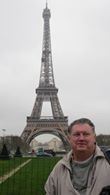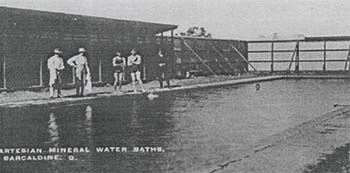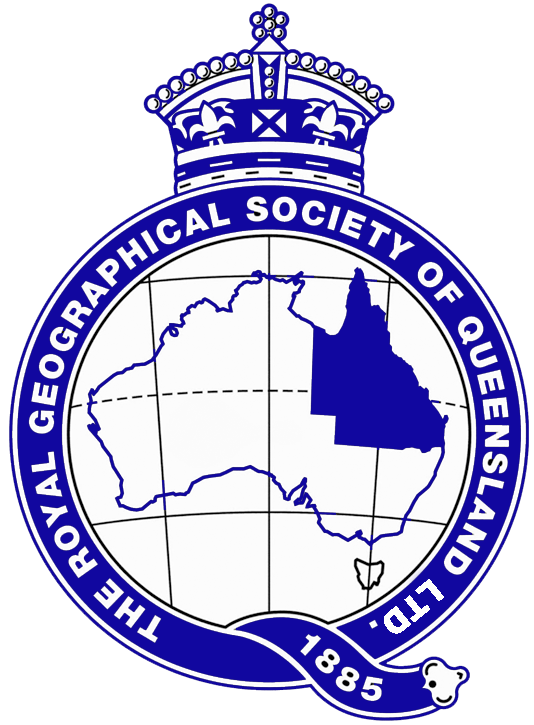Dr Peter Griggs, RGSQ will entice us into Taking the Waters in his lecture about the mineral springs and health tourism in Queensland.
 Peter is a “mostly retired” university lecturer, currently teaching part-time in The University of Queensland’s School of Earth and Environmental Sciences. He has had a long interest in geographical and historical inquiry, having completed a Bachelor of Arts with Honours in Geography and PhD in historical geography during the 1980s. Peter was previously an Associate Professor in Geography at James Cook University, having moved to Far North Queensland in 1991 when he was appointed the foundation lecturer in human geography at the newly established Cairns Campus of James Cook University. As a historical geographer, Peter has focussed on reconstructing geographies of past periods, using historical methods of inquiry, especially archival sources.
Peter is a “mostly retired” university lecturer, currently teaching part-time in The University of Queensland’s School of Earth and Environmental Sciences. He has had a long interest in geographical and historical inquiry, having completed a Bachelor of Arts with Honours in Geography and PhD in historical geography during the 1980s. Peter was previously an Associate Professor in Geography at James Cook University, having moved to Far North Queensland in 1991 when he was appointed the foundation lecturer in human geography at the newly established Cairns Campus of James Cook University. As a historical geographer, Peter has focussed on reconstructing geographies of past periods, using historical methods of inquiry, especially archival sources.
Peter is the author of the RGSQ’s centenary history, A Dream in Trust (1985) and has published extensively in agricultural and environmental geography and history. One of his major works is Global Industry, Local Innovation: The History of Cane Sugar Production in Australia, 1820-1995 (Peter Lang, 2011). During 2014, Peter was a Harold White Research Fellow at the National Library of Australia, undertaking research into tea in Australia. This research forms the basis of Peter’s latest book, “Billy cans and brews: a social an economic history of tea in Australia” (Cambridge Scholars Press, forthcoming). Since returning to Brisbane in late 2016, Peter has been leading a small team of volunteers who are creating the Society’s archives. He and his wife Tracey have three adult children, although none drink tea, but they all enjoy travelling, especially overseas, just like their parents.
Presentation: Between 1870 and 1950, thousands of Australians engaged in a very ancient practice known as ‘taking the waters’ or hydrotherapy. They consumed and/or bathed in water high in mineral content that was associated with mineral springs or particular artesian bores.
This presentation identifies the six main places in Queensland which were the focus of health tourism involving mineral-laden waters: Innot Hot Springs; Helidon; Muckadilla; Aramac; Barcaldine and Dalby.
Between 1880 and 1950, these towns were visited by thousands of visitors, some invalids, seeking relief from various medical complaints, including tuberculosis, rheumatism, arthritis, gout, insomnia and digestive problems. At each locality, infrastructure such as hand pumps, bathing pools, bath-houses and accommodation houses were built to cater for the visitors. Interest in ‘taking the waters’ wanes in Queensland after the rise of new drug cures and physiotherapy during the 1950s. However, continued belief in the healing power of water high in mineral content has ensured that the spa era has never really ended in Australia. Today, tourists still soak themselves in the mineral waters at Innot Hot Springs and the hot artesian bore waters at Mitchell, Bedourie and Quilpie (Queensland), Moree, Lightning Ridge (New South Wales) and Daylesford-Hepburn (Victoria).
 Barcaldine’s mineral water baths, c. 1910. “Barcaldine is noted for its mineral baths” (Commonwealth Illustrated Directory (Qld. Edition.), 1934-35, p. 11). Source: Image courtesy of State Library of Queensland
Barcaldine’s mineral water baths, c. 1910. “Barcaldine is noted for its mineral baths” (Commonwealth Illustrated Directory (Qld. Edition.), 1934-35, p. 11). Source: Image courtesy of State Library of Queensland
Location:
